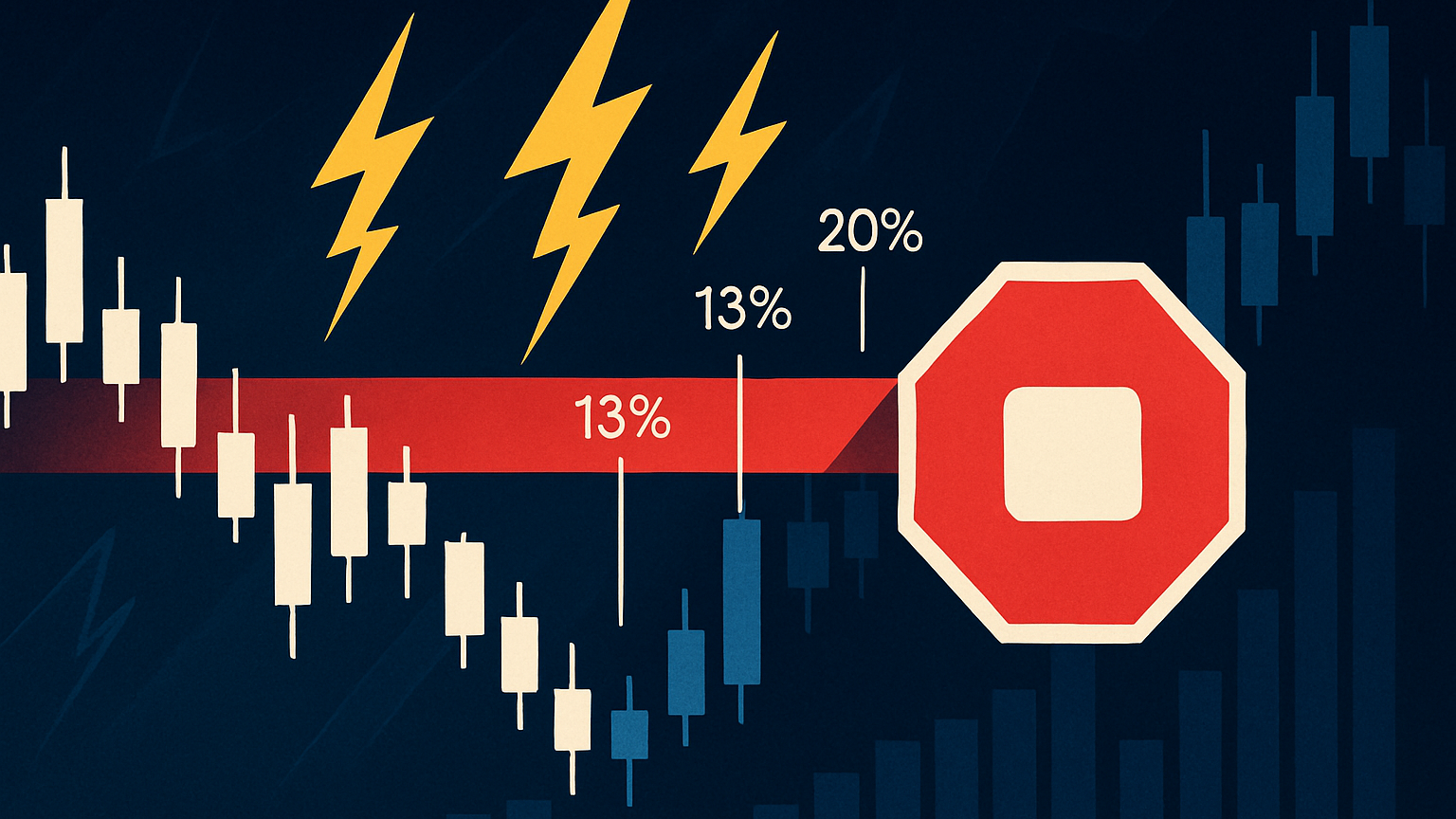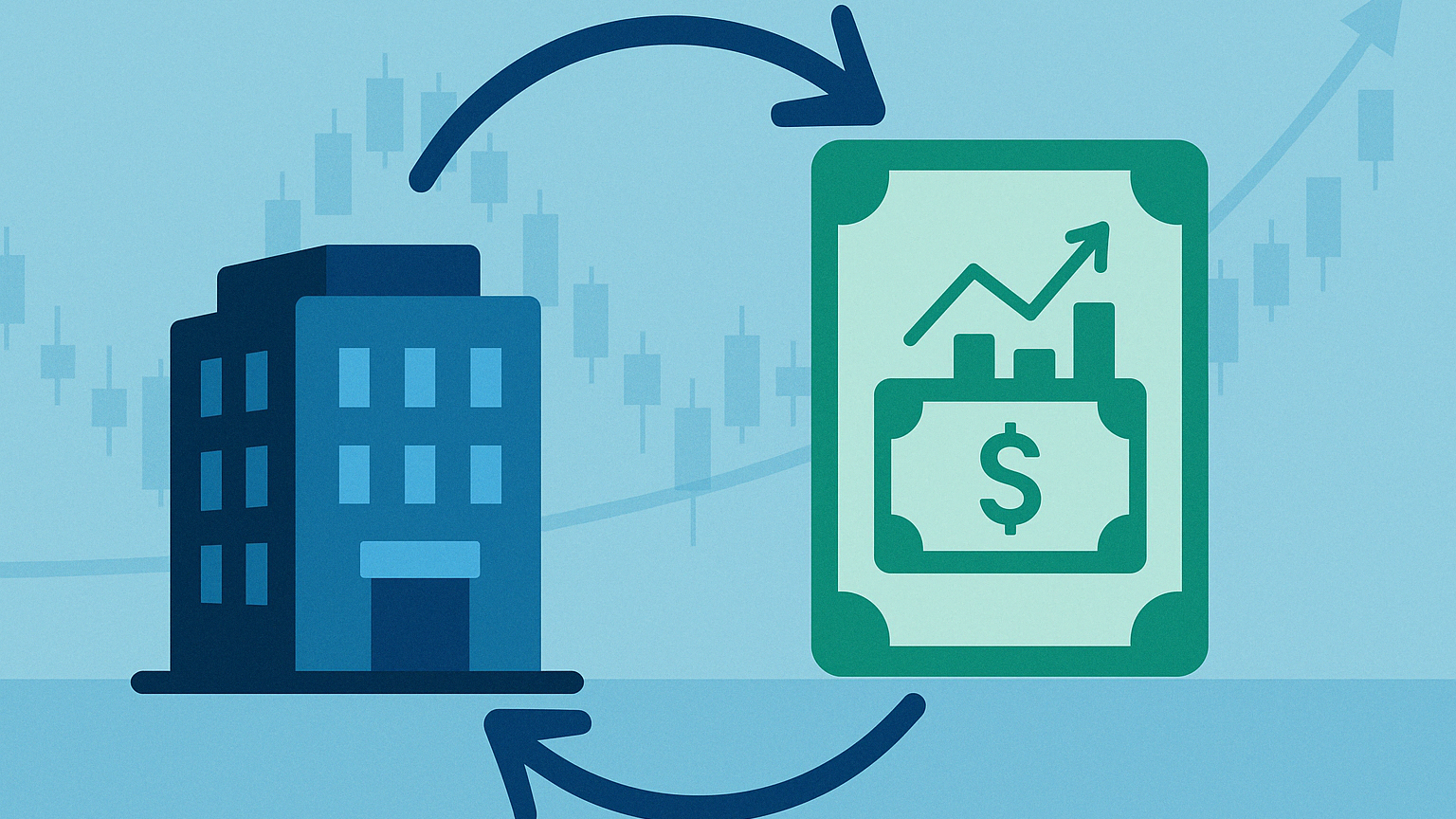Explore how brokerage accounts can enhance your retirement strategy with flexible contributions and tax advantages.
Brokerage accounts are flexible tools that can complement your retirement strategy. Unlike traditional retirement accounts, they have no contribution limits or early withdrawal penalties, making them ideal for bridging income gaps or saving beyond tax‑advantaged account limits.
Key Benefits:
- No Contribution Limits: Save as much as you want.
- No Withdrawal Penalties: Access funds anytime, even before age 59½.
- Tax Advantages: Leverage long‑term capital gains rates and strategies like tax‑loss harvesting.
- Diverse Investment Options: Choose from stocks, bonds, ETFs, and more.
Who Should Use Them?
- High‑Income Earners: Great after maxing out 401(k)s and IRAs.
- Early Retirees: Flexible access to funds before Social Security kicks in.
- Active Investors: Wide range of investment choices.
Quick Comparison:
| Feature | Brokerage Account | Traditional IRA | Roth IRA |
|---|---|---|---|
| Contribution Limits | None | $7,000 (2025) | $7,000 (2025) |
| Tax Treatment | Taxable profits | Tax‑deferred growth | Tax‑free withdrawals |
| Withdrawal Rules | No restrictions | Penalties before 59½ | Flexible for contributions |
| Investment Options | No restrictions | Limited | Limited |
Tax‑Free Retirement Income with a Taxable Brokerage Account
What Are Brokerage Accounts?
A brokerage account is an investment account you open with a licensed brokerage firm, allowing you to buy and sell various investments, like stocks, bonds, and mutual funds. Unlike retirement accounts, these accounts give you more flexibility and immediate access to your money, making them a useful tool for retirement planning and beyond.
Common Brokerage Account Options
| Account Type | Key Features | Best For |
|---|---|---|
| Individual Brokerage | Owned by one person, no contribution limits, instant access | Personal investing goals |
| Joint Brokerage | Shared ownership, joint access, survivorship benefits | Couples or family investing |
| IRA Brokerage | Tax benefits with contribution limits | Retirement‑focused savings |
Comparing Brokerage and Retirement Accounts
| Feature | Standard Brokerage | Traditional IRA | Roth IRA |
|---|---|---|---|
| Contribution Limits | No limits | $7,000 (2024) | $7,000 (2024) |
| Tax Treatment | Taxable profits | Tax‑deferred growth | Tax‑free qualified withdrawals |
| Withdrawal Rules | No restrictions | Penalties before 59½ | Flexible for contributions |
| Investment Options | No restrictions | Some restrictions | Some restrictions |
Tax Efficiency and Retirement Planning
When using brokerage accounts for retirement planning, tax efficiency plays a big role. For instance, you can hold tax‑efficient investments in your brokerage account while reserving tax‑advantaged accounts for investments with higher tax burdens. This approach can help you maximize overall returns.
Selecting a Brokerage Account for Retirement
Main Selection Criteria
When choosing a brokerage account for retirement, keeping fees low is crucial for long‑term growth. Research shows paying just 2% in annual fees can cost an investor over $178,000 in 30 years—almost equal to their contributions. Focus on these cost areas:
| Fee Type | Typical Range | How to Minimize |
|---|---|---|
| Annual Account Fees | $50–75 | Opt for no‑fee brokers |
| Trading Commissions | $3–7 per trade | Use commission‑free platforms |
| Mutual Fund Fees | $10–75 per tx | Choose no‑transaction‑fee funds |
| Management Fees | 0.25–1% AUM | Consider low‑cost robo‑advisors |
Comparing Brokerage Platforms
"When you're thinking about opening a brokerage or investment account, it's good to start by considering your goals and how hands-on you want to be," said Taylor Kovar, CFP, MBA, Investopedia Financial Advisor Council.
Fidelity ($5.8 T AUM) is known for low‑cost ETFs and cash management, while Charles Schwab ($10.31 T AUM) excels in educational tools. Interactive Brokers ($515 B AUM) offers advanced tools and global access.
Account Setup Guide
- Gather Required Information
- Personal ID, SSN, address
- Banking details
- Employment info
- Choose Account Type
- Individual vs. joint
- Traditional vs. Roth IRA
- Fund Your Account
- Set up electronic transfers
- Consider automated contributions
Long‑Term Investment Methods
Age‑Based Asset Mix
Use the Rule of 110: 110 minus your age equals the percentage in stocks. A 40‑year‑old would hold 70% stocks, 30% bonds. Targets: 3× income by 45, 5× by 50, 7× by 55.
Portfolio Diversification Steps
- Aggressive: 90% stocks, 10% bonds
- Moderate: 70% stocks, 30% bonds
- Conservative: 50% stocks, 50% bonds
For near‑term needs (<5 years), use cash, CDs, or Treasuries.
Technical Analysis Tools
Modern platforms include detailed charting, trend indicators, and AI‑powered backtesting. These can guide when to buy, sell, or rebalance.
Tax Benefits in Brokerage Accounts
Tax Reduction Methods
Hold investments >1 year to qualify for 0%, 15%, or 20% long‑term gains rates. Use tax‑loss harvesting: offset gains with losses (e.g., $10,000 gain – $5,000 loss = $5,000 taxable gain; up to $3,000 extra losses against ordinary income).
"Tax‑loss harvesting is when you intentionally sell securities at a loss to offset capital gains," explains Gary Stark, Vanguard Personal Advisor.
Tax‑Advantaged Account Types
| Account Type | Best For | Tax Advantage |
|---|---|---|
| Traditional IRA/401(k) | High-turnover investments | Tax‑deferred growth |
| Roth IRA | Growth stocks | Tax‑free withdrawals |
| Brokerage Account | Long-term holdings | Step‑up in basis at death |
2025 IRA contribution limit: $7,000 (under 50), $8,000 (50+).
Common Tax Mistakes to Avoid
Avoid selling too soon—hold at least 1 year for lower gains rates, and watch the 3.8% Net Investment Income Tax on high incomes. Place REITs and active funds in IRAs, and muni bonds or qualified dividends in brokerage accounts.
"Using a taxable account in addition to your 401(k) can help diversify your tax strategies," notes Vanguard research.
Portfolio Oversight and Updates
Regular monitoring keeps your retirement plan on track. Modern tools make this simpler.
Portfolio Balance Maintenance
Rebalance when allocations drift 5–10%, or on an annual schedule. Sell overweight assets and reinvest dividends into underweights.
Setting Up Auto‑Investments
Use platforms like Empower (free, $1.4 T AUM) for automated contributions and portfolio tracking. If you’re 73+, reinvest RMDs to maintain allocations.
Performance Tracking Tools
- Empower: Free portfolio analysis and retirement tools.
- SigFig: Free tracking; premium management at 0.25% AUM.
- Sharesight: Tracks across 60 exchanges.
Conclusion: Building a Strong Retirement Plan
Key Takeaways
Creating a secure retirement plan using brokerage accounts requires disciplined investing. The S&P 500 averaged 9.65% annually (1992–2022), while typical equity fund investors saw 6.81%. Plan for longevity—65‑year‑olds have a 50% chance one spouse reaches age 92. Focus on tax‑efficient investments like qualified dividends and muni bonds to optimize returns.
How to Get Started
First, max out tax‑advantaged accounts (401(k), IRA) before using a brokerage account.
"You want certainty around the investments supporting your essential lifestyle. Beyond that, pursue growth."
- Use low‑cost, tax‑efficient index funds as your core.
- Cover essential expenses with safer assets.
- Keep 12–24 months of expenses in cash or short‑term bonds.
- Review and rebalance regularly, with professional advice if needed.







